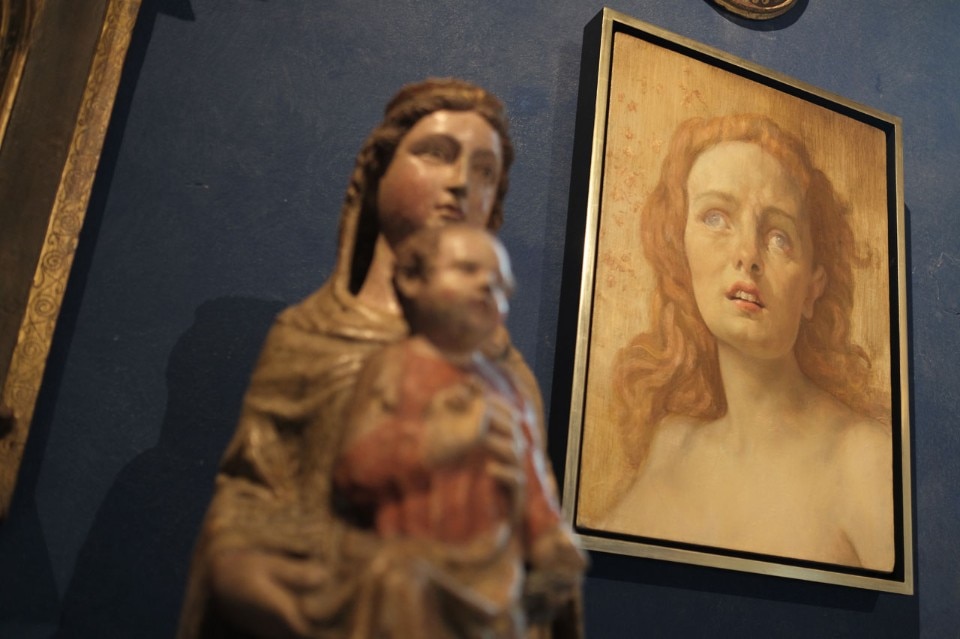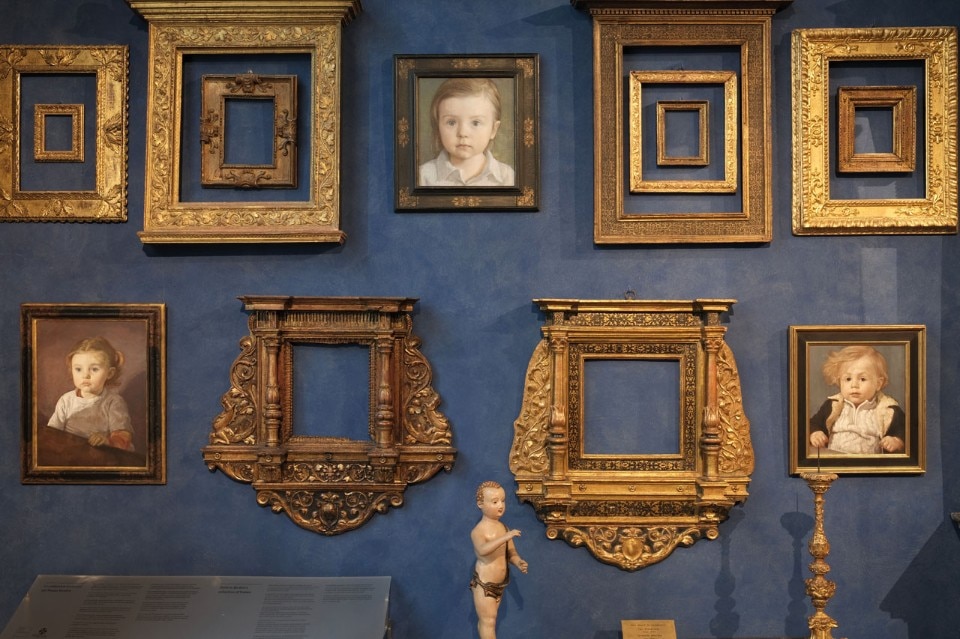
Beatrice Zamponi: What is the significance of physical distortion in your work?
John Currin: It represents the fantasy of being able to alter a body, an image, anything, simply through the intensity of the gaze; it is the idea of a male gaze that looks and transforms reality however he likes. In developing this concept I related a lot to Carlo Mollino’s photography and the way that he often manipulated the body. The alteration in itself is a manifestation of male desire, a form of lust.
Beatrice Zamponi: Undergoing this transformation your women, too curvy or too thin, never look very healthy but almost alien. Why? And who are they really?
John Currin: I think that the beautiful and seductive part of my characters is inspired by my wife Rachel, while the one that describes a bored bourgeoise speaks of myself, is a self-portrait. I’ve never been interested in art with idealised forms. To quote Poussin, one of my favourite artists, his works are an expression of dissatisfaction with respect to the world in which he lived; through the distorted forms, I describe a similar feeling towards the reality that surrounds me.
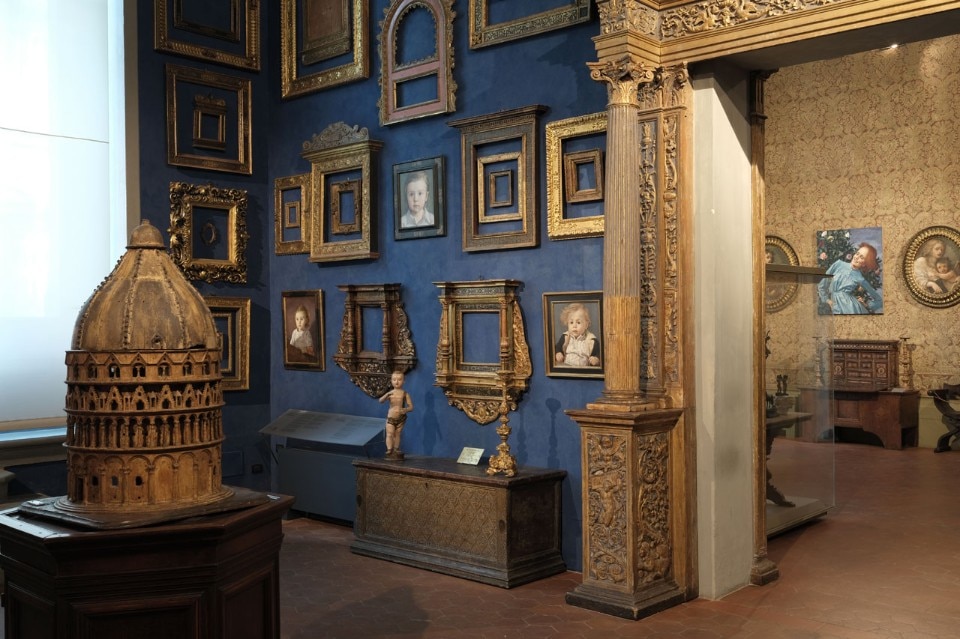
Beatrice Zamponi: Your characters seem to be psychologically removed, emotionless, detached from their inner life, from the present, outside of logical and real time.
John Currin: The sense of evasion, nostalgia, absence of the characters, the very sexual fantasies that they are often the protagonists of always represent a metaphor for my lack of fulfilment and inadequacy with respect to the present.
Beatrice Zamponi: In your painting the man is often a marginal figure and in some way subordinate to the woman, why is that?
John Currin: The men can also be considered a form of self-portrait, but I have never managed to deal fully with the male subject, I have always left it to come out of the brush without thinking too much; I have naturally assumed those weak and feeble connotations. The question is still open.
Beatrice Zamponi: In your work the reference to mannerists like Parmigianino and Pontormo seems very evident. I think of Nude in a Convex Mirror as a mixture of Self Portrait in a Convex Mirror by Parmigianino and La Grande Odalisque by Ingres, another painter who used deformation of the body a great deal. What can you tell me about the origin of this work?
John Currin: Even though not in a direct form the reference to the artists mentioned has been absolutely present. The idea for this piece came from a photo that I had taken of a model with a trumpet. Looking at the picture, I noticed the reflection of the figure in the brass and I was fascinated by it. I decided to photograph the girl through a ball of metal, a glass or warped mirror, framing not her directly but her reflection and then painting the scene on canvas. I went back therefore to representing the eye, the gaze that scrutinises reality giving shape to a visual obsession.
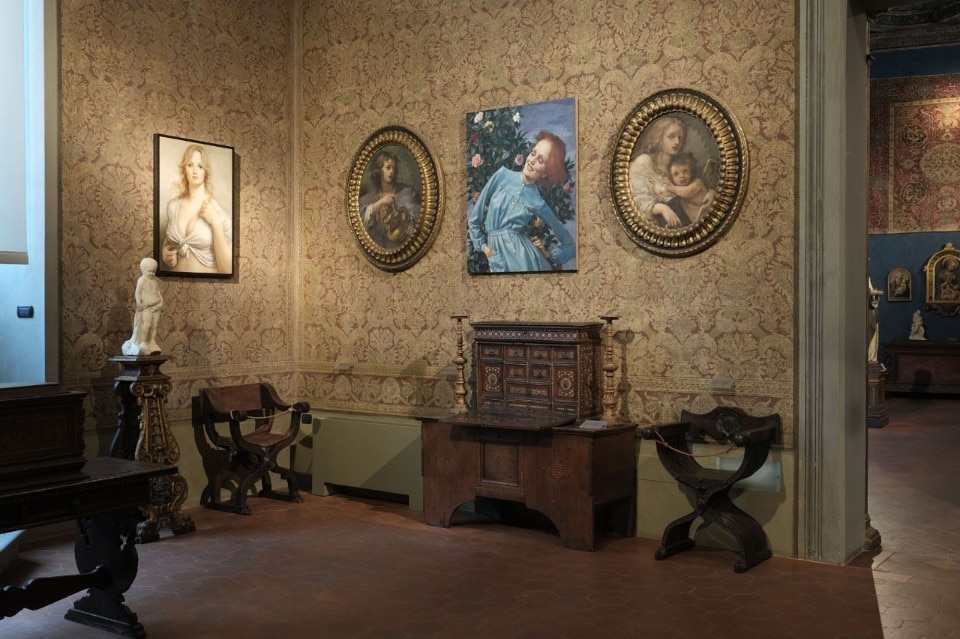
Beatrice Zamponi: Mannerism was a period of extremes and crisis of classical style, also as a result of a difficult political and social context, that of the Counter-Reformation. Is there a reference to a crisis in contemporary society in your work?
John Currin: My works definitely reflects a breakdown of confidence in the system and the development of increasingly individual thinking, bordering on the paranoid. The use of the convex mirror symbolises isolation and a physical block with respect to any social or political function of the individual. Some time ago, with my artist friend Rudolf Stingel, we were talking about the current American decline: he claimed that when a society is in decay it always produces extraordinarily powerful art. According to this theory then, this should be an artistic golden age because we are certainly heading for political collapse.
Beatrice Zamponi: As well as deformation, in your work there is also transformation: you have often painted pregnant women, is there a particular reason for this?
John Currin: Pregnancy has always fascinated me as an unexpected consequence: suddenly the body of a woman changes. The intention has never been to represent it as something grotesque, but as a great surprise, especially from a visual point of view.
Beatrice Zamponi: You carry out a continuous transformation also in mixing different citations and different historic periods: pastiche, eclecticism and stylistic inconsistencies form the basis of your artistic practice. With respect to your work you have talked about a “popularisation of the past” maintaining that progress in art is linked to this idea.
John Currin: I believe that the process of updating, making contemporary, is in itself a form of popularisation. When Goya reworked or literally copied works by Velázquez, he transformed the characters and their expressions into paradoxical and comic-like forms. The same paintings by Poussin are basically a parody of classical art, a simplification of the antique, almost a popular version.
Beatrice Zamponi: Many of your works show explicit erotic subjects. You have said that today pornography is the only way to represent a form of nudity that is mythical. Can you explain further?
John Currin: Pornography enables you to have different bodies in a single frame, the only other context in which this happens is in sports scenes, in football for example. Going back to the process of updating, pornography becomes an instrument for creating a new version of the work of Poussin and his overwhelming carnality.
And then there is another thing: usually they remove the clothing to not have distractions and social implications, in this case removing the social implications becomes even stronger because the subject is pornographic; working on this paradox has always excited me.
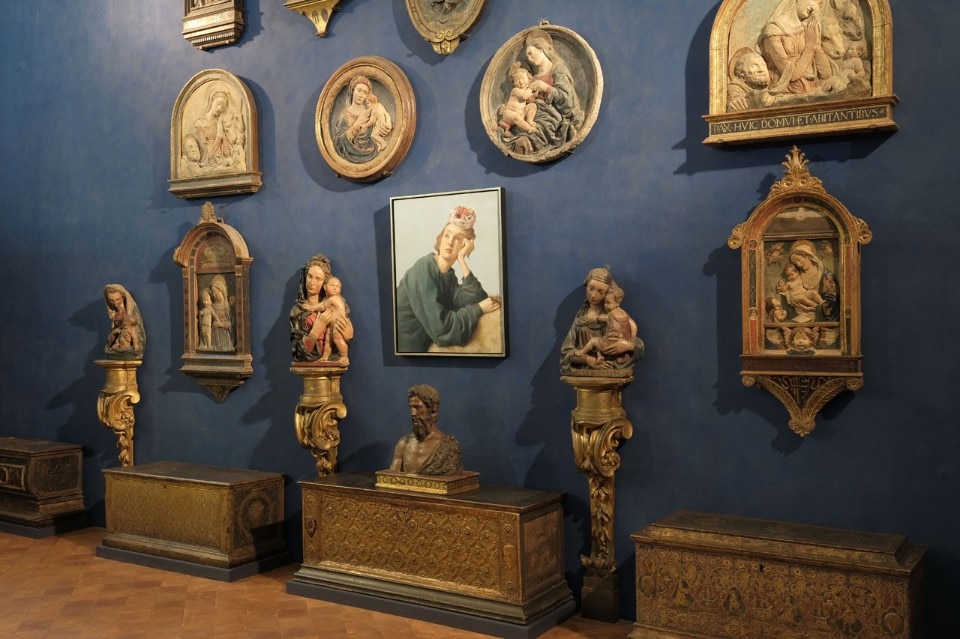
Beatrice Zamponi: “One of the reasons I paint is to break free from the tyranny of the camera lens”. What did you mean?
John Currin: It was a way to deny the idea that photography corresponds to reality. In the paintings with the convex lenses, I reveal the monstrosity of it and the fact that it is absolutely not a neutral instrument. Light and colour are used as a metaphor in painting as much as in photography. It is a medium that can pollute reality, invade it, taking from us the possibility of remembering or seeing something for what it really is.
Beatrice Zamponi: At the start of your career you aspired to become a European Romantic painter. A rather reactionary ambition. Can you talk more about your early approach to painting.
John Currin: When I was at art school, I looked at painters like De Kooning or Pollock, I was confronted with abstract expressionism. After studying, I began to imagine the wonder of painting a lake, a physical space, so I started to work in a figurative form that tended towards cartoon. In that moment, I realised how much my real aspiration was primarily European painting.
Beatrice Zamponi: Recently you stated that in Europe today the joy and confidence needed to paint have been lost. What did you mean by this?
John Currin: I think it is very difficult for a European painter to grow when confronted with such a weight of history and such a powerful culture, the risk is that the legacy of the past, instead of being stimulating, can become a cumbersome memory that you just want to get away from. Everyone needs to emancipate themselves from their origins, their childhood, but also be able to find it again. I think the only way to return to the glories of the great European tradition is precisely through the eyes of a stranger.
until 2 October 2016
John Currin: Paintings
Museo Stefano Bardini
via dei Renai 1, Florence
20 September – 29 October 2016
Nude: from Modigliani to Currin
Gagosian Gallery, New York
November
Solo show
Sadie Coles Gallery, London


